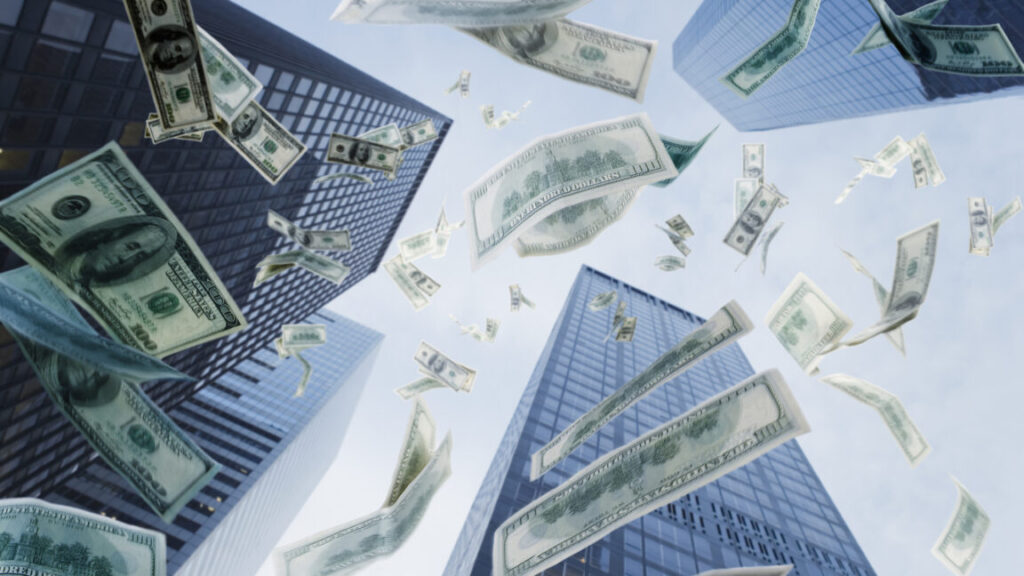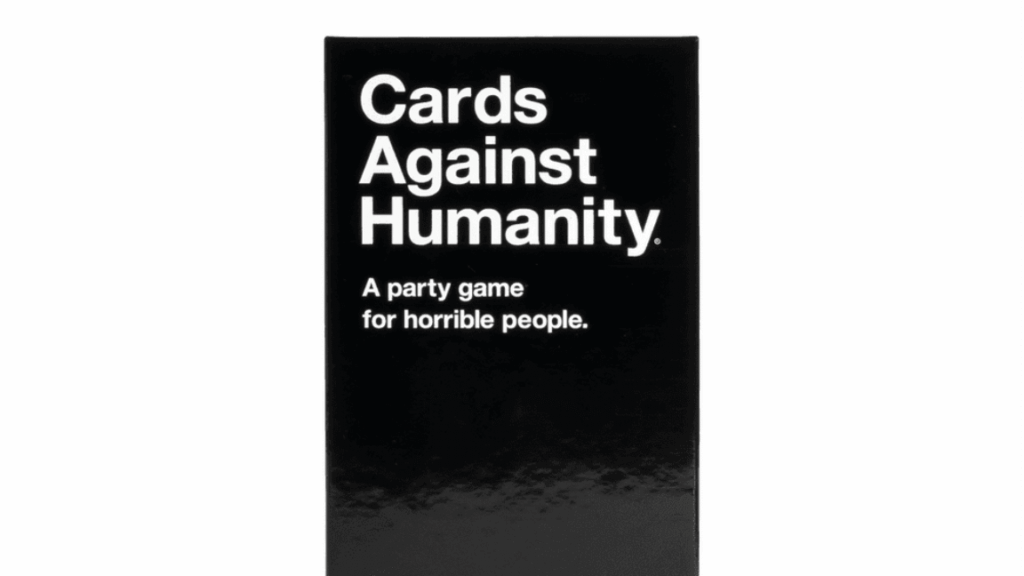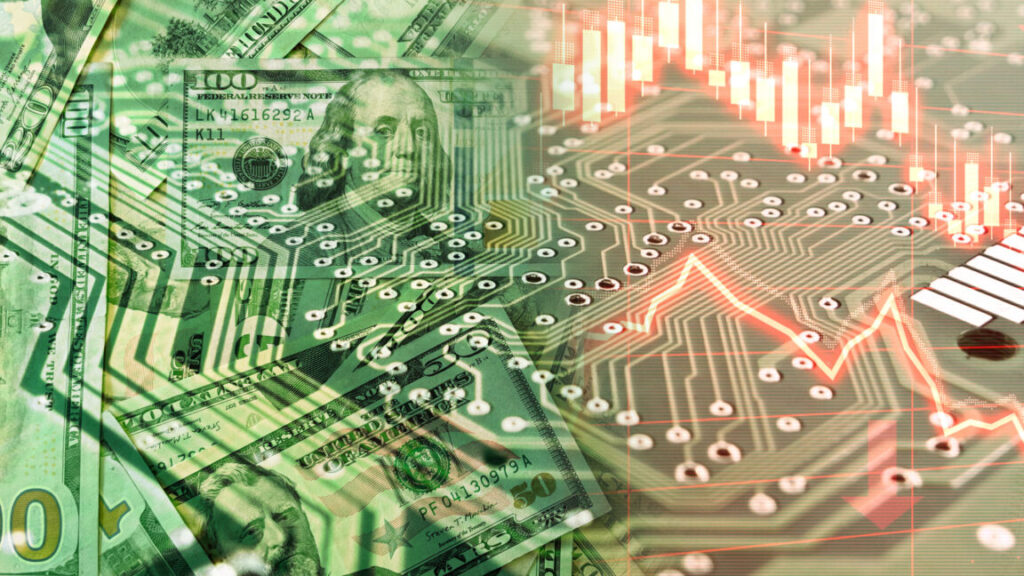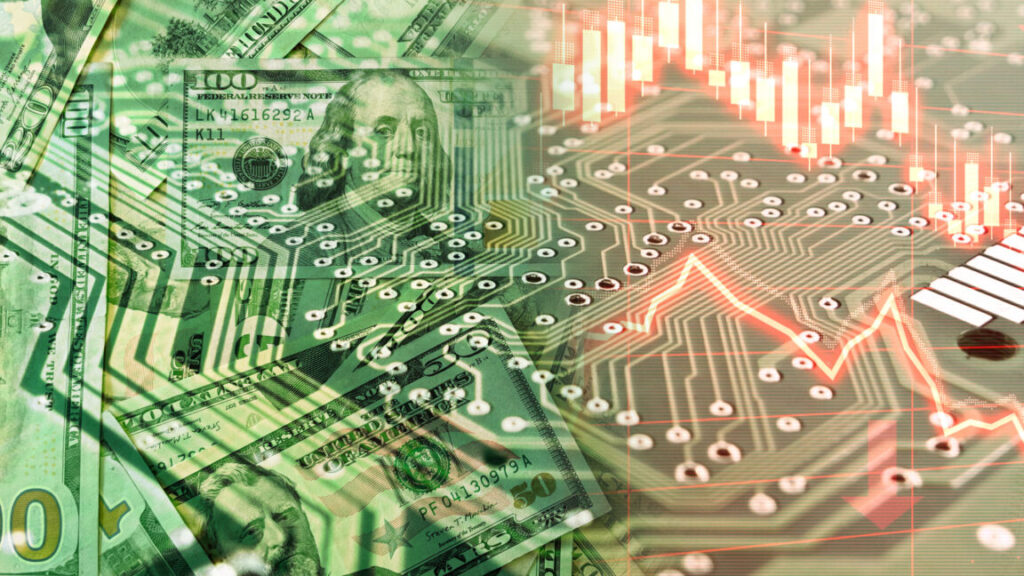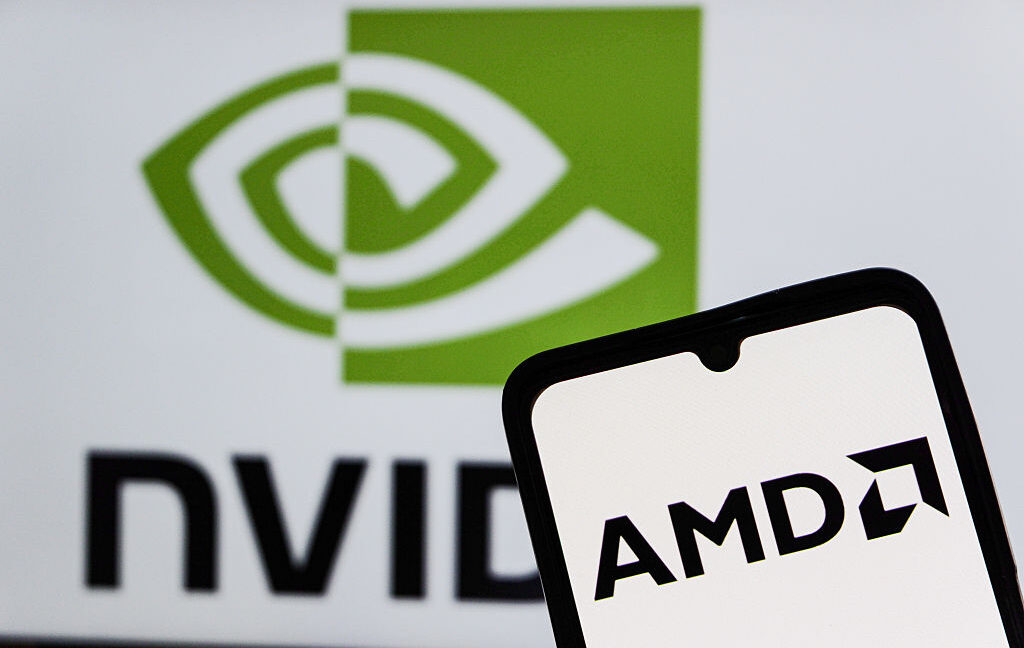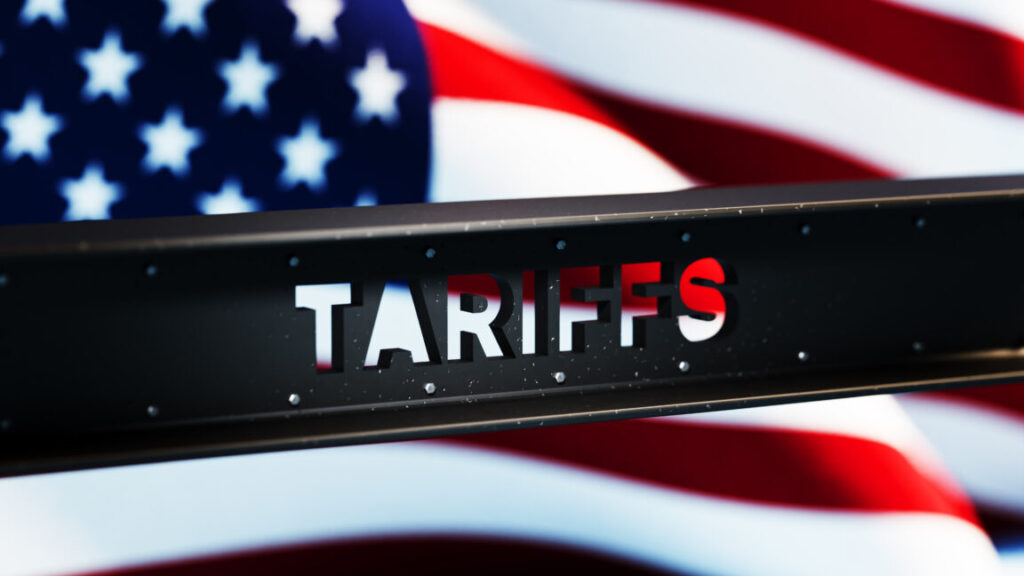US may owe $1 trillion in refunds if SCOTUS cancels Trump tariffs
Tech industry primed for big refunds if SCOTUS rules against Trump tariffs.
If Donald Trump loses his Supreme Court fight over tariffs, the US may be forced to return “tens of billions of dollars to companies that have paid import fees this year, plus interest,” The Atlantic reported. And the longer the verdict is delayed, the higher the refunds could go, possibly even hitting $1 trillion.
For tech companies both large and small, the stakes are particularly high. A Trump defeat would not just mean clawing back any duties paid on imports to the US that companies otherwise can use to invest in their competitiveness. But, more critically in the long term, it would also end tariff shocks that, as economics lecturer Matthew Allen emphasized in a report for The Conversation, risked harming “innovation itself” by destabilizing global partnerships and diverse supply chains in “tech-intensive, IP-led sectors like semiconductors and software.”
Currently, the Supreme Court is weighing two cases that argue that the US president does not have unilateral authority to impose tariffs under the International Emergency Economic Powers Act (IEEPA). Defending his regime of so-called “reciprocal tariffs,” Trump argued these taxes were necessary to correct the “emergency” of enduring trade imbalances that he alleged have unfairly enriched other countries while bringing the US “to the brink of catastrophic decline.”
Not everyone thinks Trump will lose. But after oral arguments last week, prediction markets dropped Trump’s odds of winning from 50 to 25 percent, Forbes reported, due to Supreme Court justices appearing skeptical.
Dozens of economists agreed: Trump’s tariffs are “odd”
Justices may have been swayed by dozens of leading economists who weighed in. In one friend of the court brief, more than 40 economists, public policy researchers, and former government officials argued that Trump’s got it all wrong when he claims that “sustained trade deficits” have “fostered dependency on foreign rivals and gutted American manufacturing.”
Far from being “unusual and extraordinary,” they argued that trade deficits are “rather ordinary and commonplace.” And rather than being a sign of US weakness, the deficits instead indicate that the US has a “foreign investment surplus,” as other countries clearly consider the US “a superior investment.”
Look no further than the tech sector for a prominent example, they suggested, noting that “the United States has the dominant technology sector in the world and, as a result, has been running a persistent surplus in trade in services for decades.” Citing a quip from Nobel Prize winner Robert Solow—“I have a chronic deficit with my barber, who doesn’t buy a darned thing from me”—economists argued that trade deficits are never inherently problematic.
“It is odd to economists, to say the least, for the United States government to attempt to rebalance trade on a country-by-country basis,” economists wrote, as Trump seems to do with his trade deals imposing reciprocal tariffs as high as 145 percent.
SCOTUS urged to end “perfect storm of uncertainty”
Trump has been on a mission to use tariffs to force more manufacturing back into the US. He has claimed that the court undoing his trade deals would be an “economic disaster” and “would literally destroy the United States of America.” And the longer it takes for the verdict to come out, the more damage the verdict could do, his administration warned, as the US continues to collect tariffs and Trump continues to strike deals that hinge on reciprocal tariffs being in play.
However, in another friend-of-court brief, the Consumer Technology Association (CTA) and the Chamber of Commerce (CoC) argued that the outcome is worse for US businesses if the court defers to Trump.
“The current administration’s use of IEEPA to impose virtually unbounded tariffs is not only unprecedented but is causing irreparable harm” to each group’s members by “increasing their costs, undermining their ability to plan for the future, and in some cases, threatening their very existence,” their filing said.
“The tariffs are particularly damaging to American manufacturing,” they argued, complaining that “American manufacturers face higher prices for raw materials than their foreign competitors, destroying any comparative advantage the tariffs were allegedly meant to create.”
Further, businesses face decreased exports of their products, as well as retaliatory tariffs from any countries striking back at Trump—which “affect $223 billion of US exports and are expected to eliminate an additional 141,000 jobs,” CTA and CoC estimated.
Innovation “thrives on collaboration, trust and scale,” Allen, the economics lecturer, noted, joining critics warning that Trump risked hobbling not just US tech dominance by holding onto seemingly misguided protectionist beliefs but also the European Union’s and the United Kingdom’s.
Meanwhile, the CTA and CoC argued that Trump has other ways to impose tariffs that have been authorized by Congress and do not carry the same risks of destabilizing key US industries, such as the tech sector. Under Section 122, which many critics argued is the authority Trump should be using to impose the reciprocal tariffs, Trump would be limited to a 15 percent tariff for no more than 150 days, trade scholars noted in yet another brief SCOTUS reviewed.
“But the President’s claimed IEEPA authority contains no such limits” CTA and CoC noted. “At whim, he has increased, decreased, suspended, or reimposed tariffs, generating the perfect storm of uncertainty.”
US may end up owing $1 trillion in refunds
Economists urged SCOTUS to intervene and stop Trump’s attempt to seize authority to impose boundless reciprocal tariffs—arguing the economic impact “is predicted to be far greater than in two programs” SCOTUS previously struck, including the Biden administration’s $50 billion plan for student loan forgiveness.
In September, Treasury Secretary Scott Bessent warned justices that “the amount to be refunded could be between $750 billion and $1 trillion if the court waits until next summer before issuing a ruling that says the tariffs have to be repaid,” CNBC reported.
During oral arguments, Justice Amy Coney Barrett fretted that undoing Trump’s tariffs could be “messy,” CNBC reported.
However, some business owners—who joined the We Pay Tariffs coalition weighing in on the SCOTUS case—told CNBC that they think it could be relatively straightforward, since customs forms contain line items detailing which tariffs were paid. Businesses could be paid in lump sums or even future credits, they suggested.
Rick Muskat, CEO of family-run shoe company DeerStags, told CNBC that his company paid more than $1 million in tariffs so far, but “it should be simple for importers to apply for refunds based on this tariff itemization.” If the IRS can issue repayments for tax overpayments, US Customs should have “no problem” either, he suggested—especially since the agency automatically refunded US importers with no issue during a 2018 conflict, CNBC reported.
If there aren’t automatic refunds, though, things could get sticky. Filing paperwork required to challenge various tariffs may become “time-consuming and difficult” for some businesses, particularly those dealing with large shipments where only some products may have been taxed.
There’s also the issue that some countries’ tariffs—like China’s—changed “multiple times,” Joyce Adetutu, a partner at the law firm Vinson & Elkins, told CNBC. “It is going to take quite a bit of time untangling all of that, and it will be an administrative burden,” Adetutu said.
US may owe $1 trillion in refunds if SCOTUS cancels Trump tariffs Read More »
